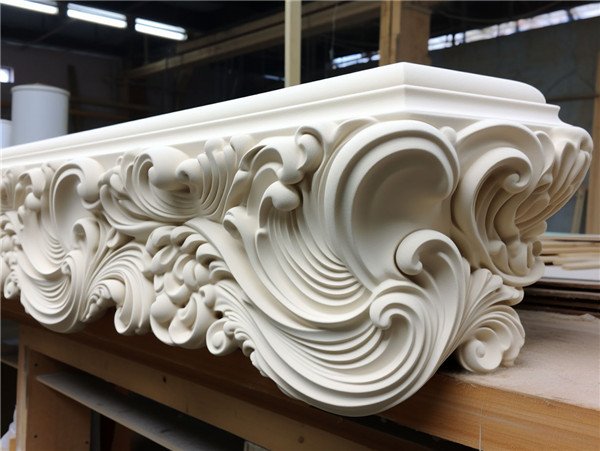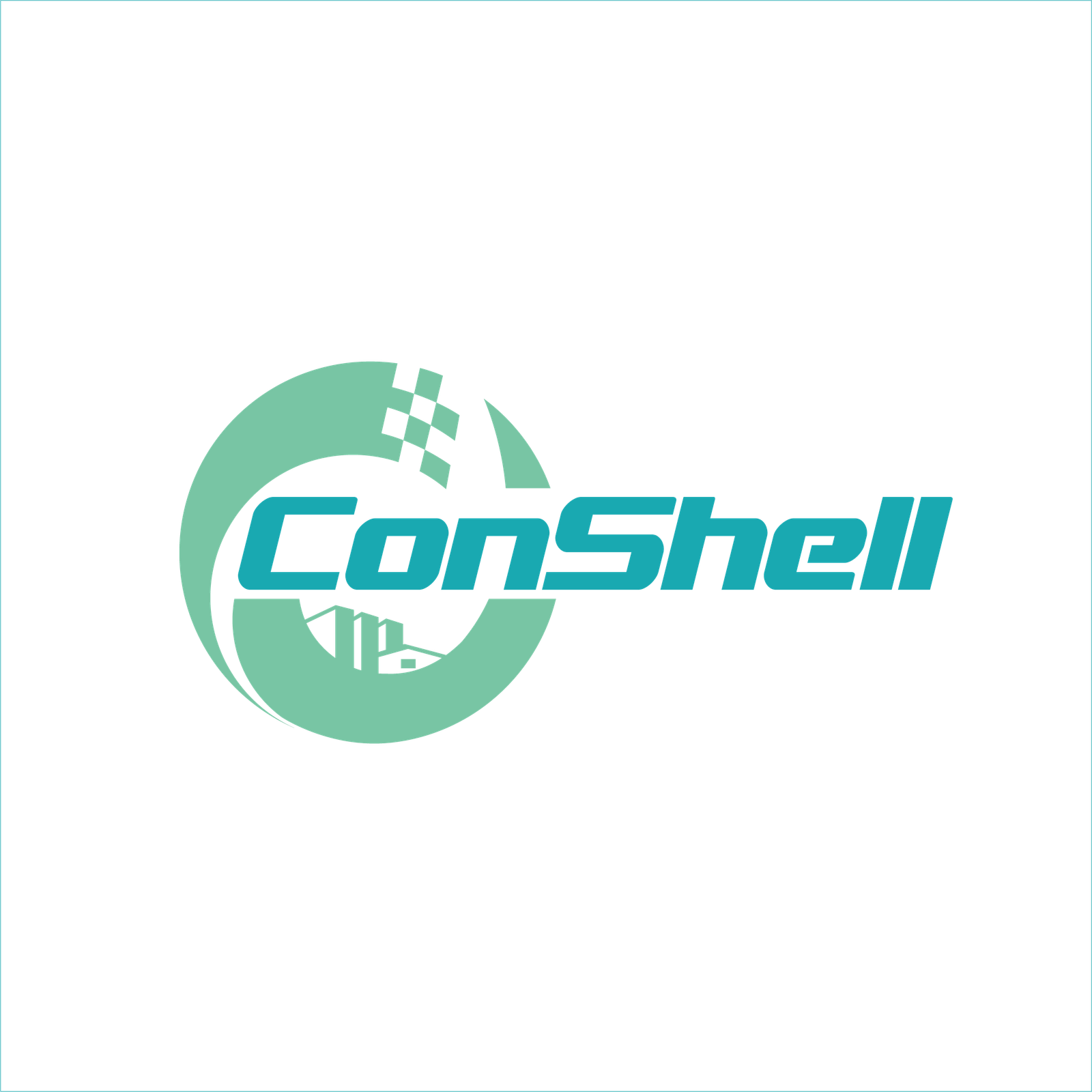Introduction to Glass Fiber Reinforced Concrete
In the realm of construction and architecture, innovation continues to shape the way we design and build our surroundings. One such innovation is Glass Fiber Reinforced Concrete (GFRC), a composite material that has revolutionized the construction industry. With its remarkable properties, GFRC offers a balance between strength, flexibility, and aesthetic appeal. This article explores the properties, advantages, disadvantages, and diverse applications of GFRC, showcasing its significance in modern construction.
Properties of Glass Fiber Reinforced Concrete
GFRC is a composite material composed of cement, fine aggregates, water, alkali-resistant glass fibers, and additives. These elements combine to create a material with distinct properties:
Strength and Durability: The incorporation of glass fibers enhances the tensile strength and flexural properties of concrete, making GFRC highly durable and resistant to cracking.
Lightweight: Despite its strength, GFRC is significantly lighter than traditional concrete, making transportation and installation more manageable.

Versatility: GFRC can be molded into intricate shapes, textures, and finishes, allowing for a wide range of design possibilities.
Weather Resistance: GFRC exhibits excellent resistance to weathering, UV exposure, and moisture, ensuring its longevity even in harsh environmental conditions.
Customizability: The composition of GFRC permits customization of color, texture, and finish, enabling architects and designers to achieve their desired aesthetic.
Advantages of Glass Fiber Reinforced Concrete (GFRC)
GFRC’s advantages make it a sought-after choice for a variety of applications:
Aesthetic Versatility: GFRC combines the beauty of concrete with the flexibility to mimic various materials, from natural stone to wood, offering diverse design possibilities.
Weight Reduction: The lightweight nature of GFRC simplifies transportation, handling, and installation, reducing the need for heavy equipment and lowering labor costs.

Durability: The inclusion of glass fibers enhances GFRC’s strength and resistance to cracking, ensuring a longer service life and reduced maintenance.
Weather Resistance: GFRC’s resistance to weathering, UV radiation, and moisture makes it ideal for exterior applications, where traditional materials might deteriorate over time.
Customization: Architects and designers can achieve intricate and personalized designs with GFRC, catering to diverse architectural aesthetics.
Disadvantages of GFRC
While GFRC offers numerous advantages, it’s important to consider its limitations:
Cost: The initial cost of GFRC products can be higher than traditional materials due to the specialized manufacturing process and the inclusion of glass fibers.
Complex Installation: Proper installation techniques are required to ensure the structural integrity and stability of GFRC elements, potentially requiring skilled labor.
Applications of Glass Fiber Reinforced Concrete (GFRC)
GFRC finds its place in a wide array of applications across various industries:
Building: GFRC is used in building facades, offering the ability to mimic the appearance of various materials while maintaining a lightweight structure.
Cladding: GFRC cladding provides a lightweight alternative to traditional stone cladding, reducing the load on structures while preserving the desired aesthetic.
Landscaping: GFRC is employed to create natural-looking rock formations, water features, and decorative elements in landscaping projects.

Roofing: GFRC roofing elements offer durability and weather resistance, emulating the look of traditional roofing materials.
Walls and Windows: GFRC is utilized in decorative wall panels and window surrounds, enhancing the aesthetic value of buildings.
Renovation: GFRC can rejuvenate existing structures during renovation, restoring their appearance and extending their lifespan.
Flooring and Foundations: GFRC is suitable for both indoor and outdoor flooring, as well as foundation elements, providing a balance between aesthetics and functionality.
Modular Building: GFRC is used in modular construction to create precast panels that are easy to transport and assemble.
Bridges and Tunnels: GFRC’s durability makes it suitable for bridges, tunnels, and other infrastructure projects.
Water and Drainage: GFRC is employed in water features, fountains, and drainage systems, offering an attractive and functional solution.
Conclusion
Glass Fiber Reinforced Concrete (GFRC) stands as a testament to human innovation in the realm of construction materials. Its unique blend of strength, lightweight nature, durability, and versatility has elevated the possibilities in architectural and design projects. As the demand for sustainable, customizable, and aesthetically appealing materials continues to rise, GFRC proves to be a transformative solution that bridges the gap between tradition and modernity. In a world where creativity knows no bounds, GFRC opens doors to architectural excellence, pushing the boundaries of what can be achieved in construction and design.
